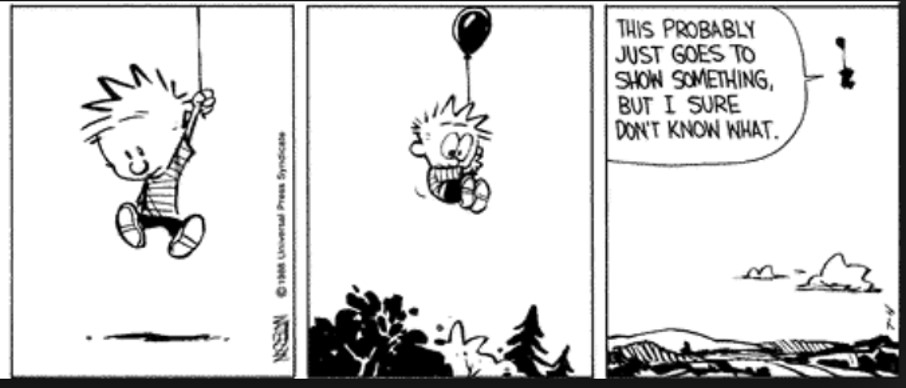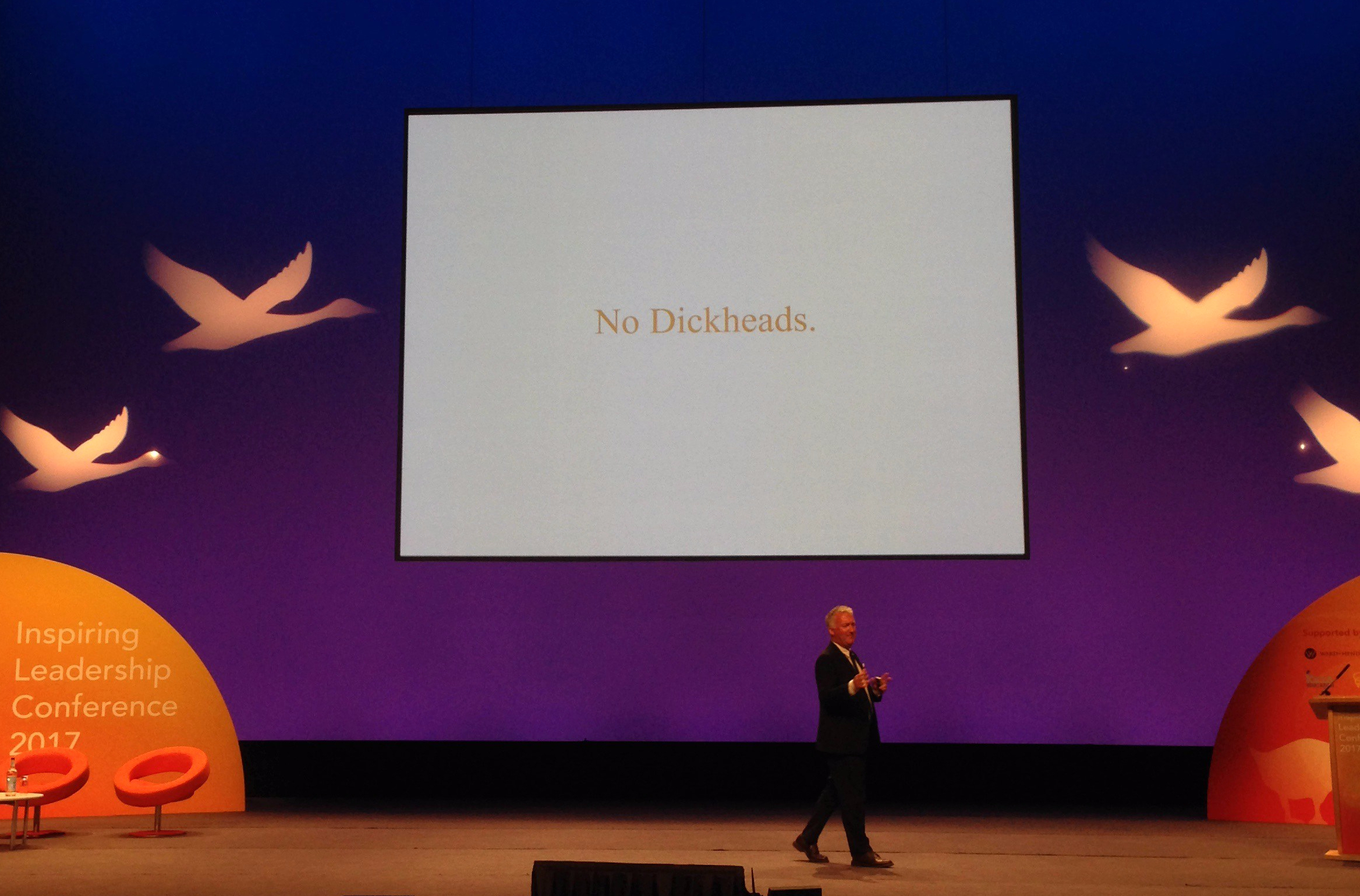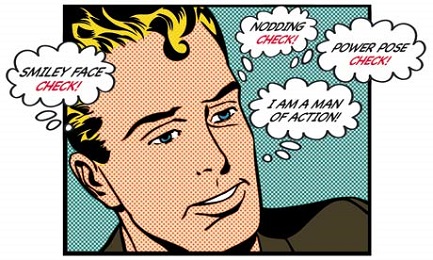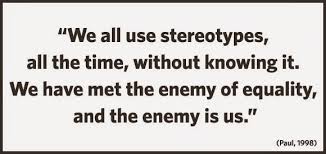
Exam periods are not only a source of stress for young people, but how your teen responds can set the mood for the whole household. During the pandemic, my kids were working towards their GCSEs and A Levels respectively, only to have them replaced by teacher assessed grades. This year, while one is coming towards the end of her second year at university, the other child is preparing for A Levels. Of course, for their school cohort, these will be their first public exams and the stakes feel higher than usual.
As a parent, here are some ways you can help your child during this seminal moment:
Remember, their experience is gospel
As parents, we have the benefit of hindsight, but if there’s something I have had drummed into me by my children, validating their experiences is the most supportive thing you can do. Even if you know this too will pass, understanding that the first few times you experience something, it feels huge and you need to be allowed to fully feel whatever it is that you feel. This is why for example young people report as the most lonely of any age group – when you get to my age, you know what periods of loneliness and isolation feel like, and you know what you can do to mitigate them. But to young people, this is a terrible new sensation and it can feel like this will be the rest of your life! Yes, it can be reassuring to have a parent tell you that in the grand scheme of things, things will be okay, but there are ways to do this without dismissing their real feelings of anxiety, doom, panic, comparison with peers and a lack of self-confidence. Think: what can you say that reflects back what they feel and also reassures them? Consider asking your child what they would find reassuring and then say that.
Ask what they need
Giving advice and helping with exam preparation practicalities can be brilliant, but only if they are receptive at the time that you give advice. Also, what worked for you, back in ancient times, may not feel relevant or helpful. So ask them first what they need right now. Perhaps you can suggest that when they feel ready, you can help them plan a realistic revision timetable, or maybe they would like some help with devising revision techniques, or maybe to join you on a trip to buy some nice flash cards, coloured pens and other stationery to help get prepared. Give them a written list of things you could help them with and let them know exact times of the day, evening and weekends when you will be available to help. When they are ready, they can book you in for whatever it is that they want your support with.
Feed and water them
It sounds obvious, but making sure that your child is eating well and is hydrated makes revision go more smoothly and can help keep them well throughout the exam period. Healthy snacks and drinks can help with concentration and staying power, and can also make your child associate pleasure with learning. If I see my child working hard, I will bring them a nice pint glass with a drink, some ice and a straw, a plate of chopped fruits, and a handful of nuts and quietly slide them into view by way of quietly saying “I see you, and applaud your efforts”. If I’m on my way home from work, I might pick up something they particularly like as a treat and surprise them as a reward for keeping on track with their work or as a commiseration if things aren’t going too well.
Go there, even if it feels counterintuitive
Young people can feel immense pressure to perform and aim for high grades. They can also be extremely fearful of failure and of disappointing their teachers and family. Dismissing this as nonsense or adding to the stress by nagging or pushing them to work harder are never good strategies. In my household we say, ‘Let’s go there and see how it feels’. By this I mean, we will talk through what the options are in different scenarios. ‘You don’t make the grades you need for your next step, what are your options? Can you appeal? Can you re-take? Are there other pathways that interest you?’
Having a plan B is important, and visualising yourself having not made the grade but still having options is empowering too. Allowing your child to imagine the feelings of shame, disappointment, upset and jealousy of peers who have aced their exams in a safe space as just one option, is cathartic. It is also an opportunity for you to show that you will walk with them, whatever happens.
Collective social responsibility
Remember that your child is not alone in their efforts to study and reach their goals. Their friends will be having their own experiences and homelife dynamics. Create a collaborative study space and invite them to host study sessions as a group, or perhaps they can all go and work together at the library nearby. Remind them of the advantages of working together, preparing revision materials and testing each other as well as the fact that not every child has a space at home to study. Modelling to your child the collective social responsibility we have, empathy for others and the benefits of social interaction rather than competitive self-absorption is crucial, especially in an often individualistic society.
Use technology
There are so many wonderful technology tricks and apps that are readily available and either free or that the school will subscribe to:
- Plan a realistic revision timetable using the calendar attached to your child’s school email account, or if you have Gmail, set up a shared one so you can help them stay motivated and make sure they build in breaks, time with friends and rest time. You can also use software like Notion or Trello and create a basic project plan or a to-do list with Todoist. My favourite is Asana, not least because you get galloping unicorns if you complete a string of tasks!
- Digital flashcards apps like Quizlet are great for revision. You can also find lots of revision sets already created that you can adapt. Children in the same class can make the workload manageable if they divide up different topics and create shared revision sets for all to benefit from.
- Online learning platforms, lessons and explainers are things that some schools will subscribe to like Hegarty Maths for example. But there is a lot that is free and publicly available. If your child is confused by something or perhaps missed the class when that topic was being taught, catching up online can be a great relief.
- Timers setting an alarm to start and finish a revision session is a good idea. Taking breaks and building in down time can all be managed on a smart phone.
- Background sounds using apps like Spotify for music can help. You can download pre-made study music or create your own playlist. There are apps like Rain Rain with a huge range of white noise from crackling fires, to freight trains or waterfalls which can really help with concentration and mood. These can be useful for helping wind down before bed or if your child experiences anxiety-related sleep disturbance and needs soothing in the night.
- Time lapse video might sound bizarre but one of my children uses this as a motivator. They will film themselves studying on time-lapse or slow mode and then it creates a speeded up short version later. The longer they study, the more satisfying the video as you see, perhaps the sun go down in the background, or people passing by through the window and so on. Even though she’s a young adult and manages her own time away from home, we occasionally receive one of these via WhatsApp and it’s a nice way to elicit coos of encouragement from her parents and sibling.
The final advice is take care of yourself too. As a parent, you need to be rested, calm, centred and present during this challenging time so build in space for your own nutrition, exercise, off-loading onto listening ears outside the home and so on. And take your own advice, when the going gets tough know that this too will pass!

















